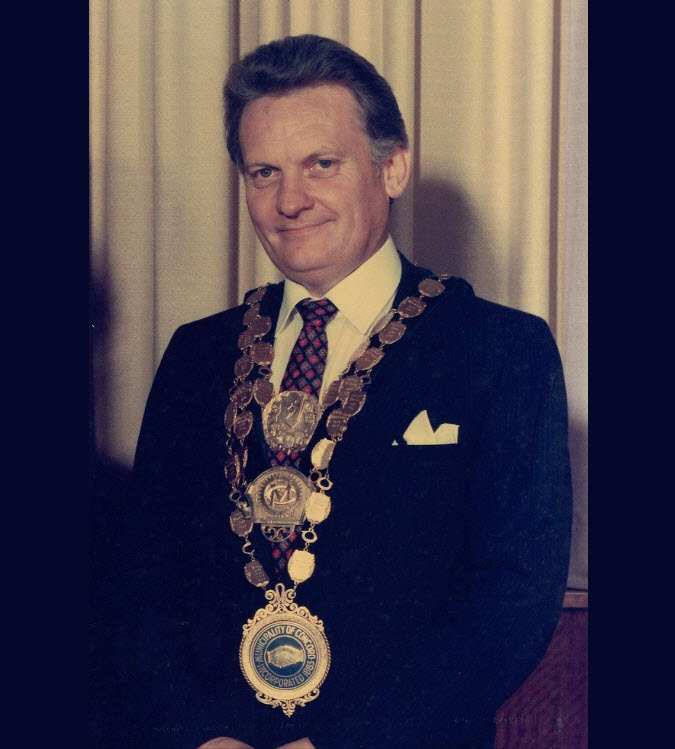Exploring the oldest road in Australia, George Street. The content is from a frail old book The Story of Old George Street – A Chapter in Old Sydney (1920) by Charles H. Bertie. The book includes the history, the landmarks and buildings plus all the crazy characters that made this Sydney street unique
‘It has been said that the streets of Sydney were laid out by the bullock wagons of the early settlers. This is not correct as in the first place there were no bullock wagons in the First Fleet, and such was the primeval condition of the shores of Sydney Cove then that, even if there had been wagons, the contour of the ground itself prescribed where the main roads must run.’
THE FIRST PICTURE OF SYDNEY—IN 1788. (see above) This is a reproduction of what was probably the first sketch ever made of Circular Quay and the beginning of the city of Sydney. It was drawn by Captain John Hunter on August 20, 1788, seven months after the first landing here. The path on the right is the George street North of today. The building close to the fence behind the trees on the right is the first hospital. The path ended about what is now the intersection of George and Essex streets. The flagstaff on the left stood where Loftus Street now joins Circular Quay. On the left of the flagstaff is the canvas hut of Governor Philip, the first Government House.

GENERAL VIEW OF SYDNEY ABOUT 1795. George street North is the winding road in the foreground, running south from a point in the vicinity of which now stands the Seamen’s Institute. The buildings on the right of the street are the hospital and surgeons’ residences. The wharf below the hospital stood near the present Commissariat Stores, opposite the George street Fire Station. On the extreme left of the picture stands Government House and gardens. Below it, on the water’s edge, is a storehouse which stood at the Quay end of Loftus street. To the right of Government House the building with a porch on the sky-line is the first church, which stood at the junction of Hunter and Bligh streets
SYDNEY ABOUT 1803. George street North is seen on the right. The building in front of which the solitary tree stands was then the assistant surgeon’s house, which stood on what is now the southern corner of George and Argyle streets. It was afterwards tenanted by Francis Greenway, whose architectural genius left its mark on Sydney. The buildings to the left of this are the hospital and medical stores. The tower beyond was intended for St. Phillip’s Church, but it collapsed before the church was built. To the left of the tower are the barracks, and below them is the Lieutenant-Governor’s house, near a three-story building, which was the Government granary. Further to the left are seen the original tanks in the Tank Stream in the vicinity of Hunter street. The building on the hill to the extreme left is Government House, which stood at the corner of Bridge and Phillip streets. Below it, and a little to the right, on the water’s edge, is the storehouse which stood at the junction of Loftus street with Circular Quay. The boat on the stocks and the buildings immediately behind it are in the area
GEORGE STREET NORTH IN 1829. This sketch was made from the roadway opposite the Commissariat Stores (now the State Taxation Department), part of which just comes into the picture on the left. The ship is lying in what is now Barton street, close to where the Harbour Trust Offices stand. The first verandahed building on the left was the home of Issac Nichols, who here conducted the first post office in Australia. The tramway that now runs in front of the George street Fire Station passes over the site of this, and also of the two small, houses to the left of it. The fire station itself stands on the site of the next building to the right of the post office. George Howe, the founder of the “Sydney Gazette,” and Australia’s first real printer, is associated with the building with the archway to the left of the windmill. In the house adjoining, the “Gazette” was printed from 1810 to 1822. The shop on the extreme right was occupied by Mitchell and Company, ship chandlers, the oldest business of its kind in Sydney.
GEORGE STREET NORTH IN 1847. Taken from almost the same spot as the 1829 sketch. The first building on the left (“Paxtons”) was Australia’s first post office. Next to it is the home of Mrs. Reibey, Sydney’s first woman merchant, who is said by some authorities to be the original Margaret Catchpole. The wall in the centre divided the street into a high and low level. On the higher part, in front of a row of stores erected by Joseph Underwood in 1822, is seen the Commissariat Guard.
http://www.globevista.com/websites/old-george-street/ http://www.oldgeorgestreet.com/(published with permission.








